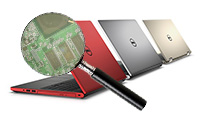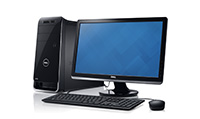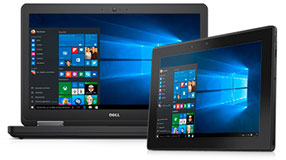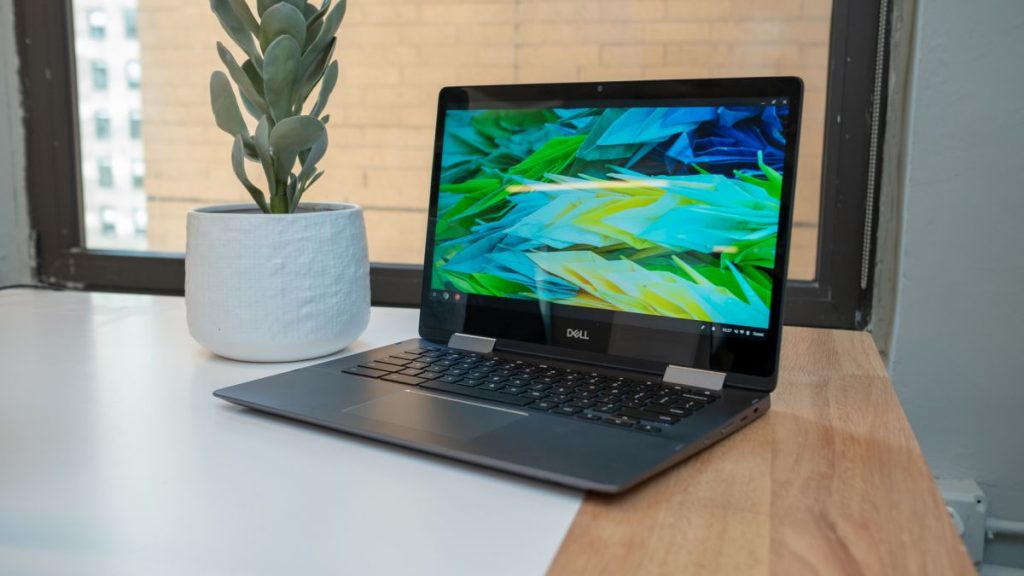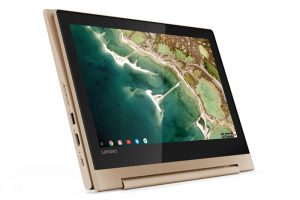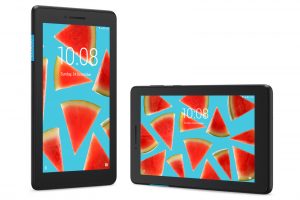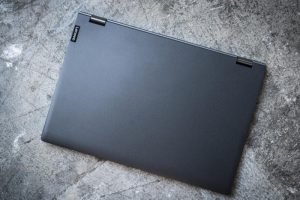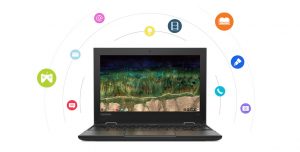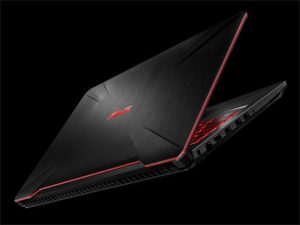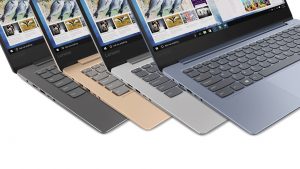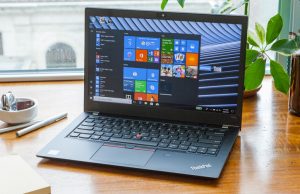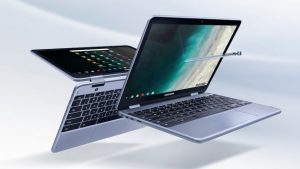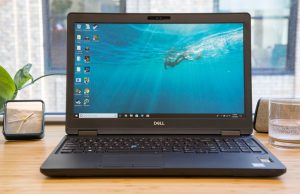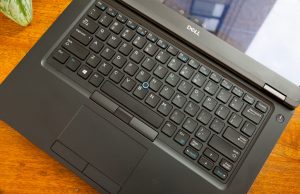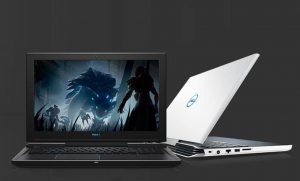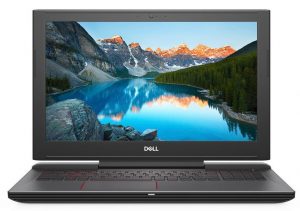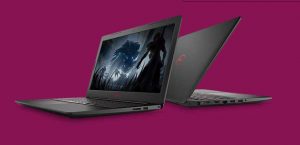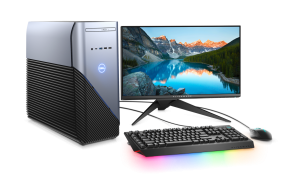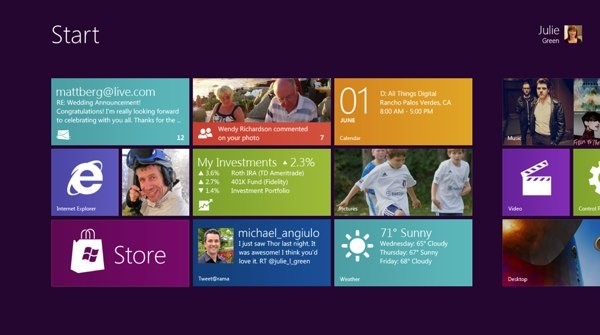

Getting too deeply into the vast number of changes in the upcoming Windows 8 Operating System (OS) is, for many people, just too much for one meal; so this is more of an appetizer until the main course release date. Expect changes regarding the User Interface (UI), cross-hardware-platform convergence on multiple devices, cloud-based services, a newly re-designed file system, built-in anti-virus & anti-malware capability, security features, and IT deployment options.
Hardware
Hardware requirements for Win 8 vs Win 7 are probably not an issue. Win 8 uses about the same amount of RAM as Win XP, and much more efficiently. Most x86 and ARM machines that can run Win 7 or XP should work well.
Legacy software applications, however, will not be able to run on the ARM machines on Win 8. Microsoft has not confirmed any software emulators to bridge that gap, but the reaction from corporate business enterprise IT departments could hamper the transition to Win 8 if Microsoft fails to do so. Some observers say they do expect some kind of Win32-on-ARM compatibility attribute.
The advantage is that because ARM machines will not run legacy code, they also will not run current viruses. Corporate business enterprise IT departments could gain a few years of added protection by utilizing Windows 8 on ARM machines which almost takes them off the hacker hit list for now. Win 8 also has built-in anti-virus and anti-malware protection. If a company can give up its legacy software, it could be very close to 'bullet-proof' for quite a while.
Win 8 boots up faster with only 29 processes running, versus 32 for Win 7. The new OS will deliver more support for various sensors including: gyroscopes, accelerometers, compasses, orientation and location detectors, microphones, cameras, light-sensors, and near-field communication (NFC) with obvious uses for mobile devices. It should be noted that smartphones will use Windows Phone 7, and will not run Windows 8.
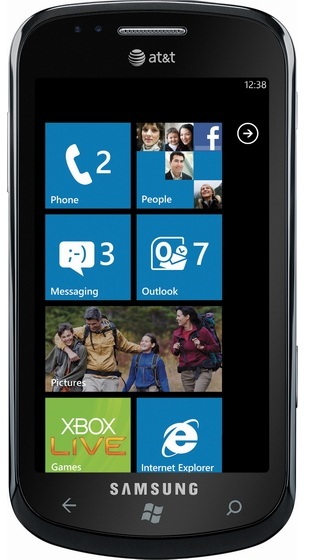

UI changes are substantial across the board. This OS is designed from the ground up to work in both touch-screen, and keyboard or desktop environments. This UI is built for touch-centric mobile-computing while delivering a consistent UI experience across widely variable devices.
It blends the Metro-style and Win 7 experience, but the start menu is not traditional. It is now a Metro-only tiled start screen, grouping application tiles together with drag and drop customization. Those tiles can display real-time information and often are running the apps on the start screen, without a need to start them manually. It is said there will be some options to use a more traditional interface on desktop machines. When using Windows 8, users boot into a user interface that acts like and looks like Windows Phone. The Metro UI is permanent and cannot be disconnected from Windows 8, because it is the shell, and in essence it is Windows 8 according to Microsoft.
Many features cannot be changed, in order to facilitate a consistent experience across various devices including tablets, smartphones, notebooks and desktops. All devices, including desktops, will use the Metro tiled start screen. There is no traditional start menu. When using a desktop machine clicking the start button there, takes you immediately to the Metro UI.
Observers have said there is a Regedit tweak to turn off the Metro UI, but at the cost of losing some functions. Microsoft will probably get substantial amounts of pressure to offer an option for a traditionally functioning start button across devices, without function-loss penalties; and they should. Apparently, some aftermarket developers are already working on fixes you could buy separately. That kind of demand for tweaks to an OS that has not even been released, would seem to indicate Microsoft should just get it right in the first place.
Everything you see in that Metro start screen will look and behave like smartphone applications. Apps will follow users from one device to another as a result of cloud-based Windows Live accounts, and will be downloaded and purchased from the Windows Store in a manner similar to Apple's Mac App Store. Windows Store will be the only source for Metro apps, and customers will be able to try software before purchasing. Only Metro-based software apps will offer cross-hardware-platform convergence on multiple types of devices. Investors will notice, that probably guarantees entrenching Microsoft throughout most of eternity.
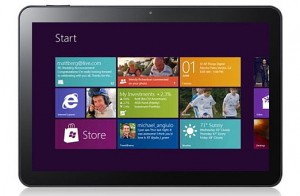

ARM devices will run the Metro UI only. ARM-processor-based machines will not get the blended Metro-plus-Win-7 interface.
Security + Connectivity = Business, Corporate, Enterprise IT Early Adoption?
SmartScreen technology is built directly into the Windows 8 operating system, so that all downloaded files will be scrutinized by the OS with minimal user alerts. The entire OS will be hardened against attacks, including for example, Windows Defender, thereby blocking most attacks, Trojans, malware, worms and viruses. Secure Boot will be employed in tandem with the hardware based Trusted Platform Module (TPM), which protects against malicious software execution before booting into the OS. Internet Explorer will have a better defense system which will remove sensitive data after use.
IT departments will like the greatly improved Task Manager, and a feature called Refresh Your PC to restore computers to factory settings.
Win 8 Metro software apps will have space at Microsoft's Windows Live servers to save current work and settings, allowing an app's state to continue on to the user's other devices.
Assessment
By focusing on some fairly simple issues, Microsoft can mitigate significant risk for investors and corporate business enterprise IT departments, which may be considering early adoption. Compatibility problems must be resolved with Win32-on-ARM software emulators built into the OS, or at least made available.
Providing a feature to toggle between the Metro UI and a traditional environment, including a traditional start button, across devices, without function-loss penalties, is a key to not alienating a huge group of potential buyers at both the consumer and business IT level. If Microsoft breaks the desktop experience, they are in a lot of trouble, because that is still where the overwhelming majority of people spend most of their computing time. No one wants to waste time and money on aftermarket solutions to fix what Microsoft should have gotten right in the first place.

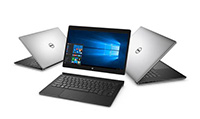 Laptop & Tablet Parts
Laptop & Tablet Parts